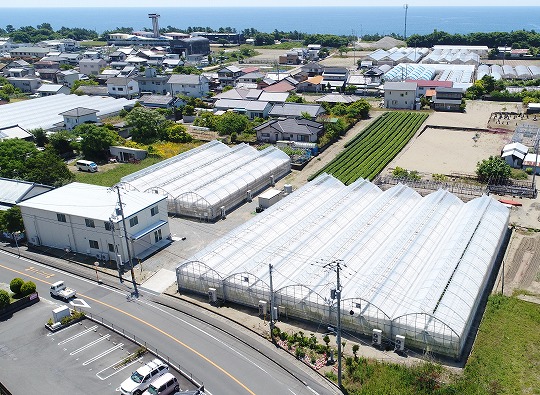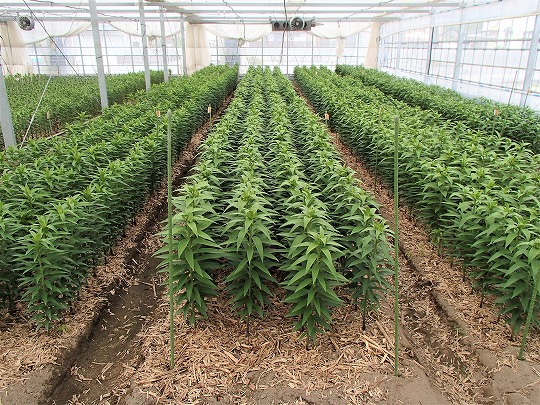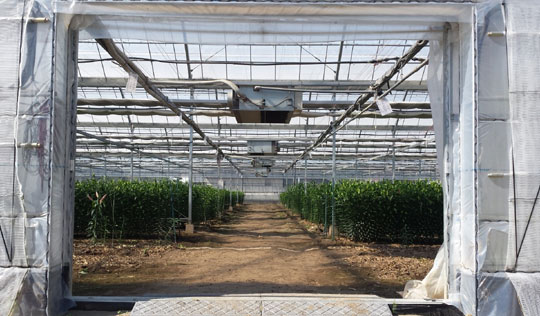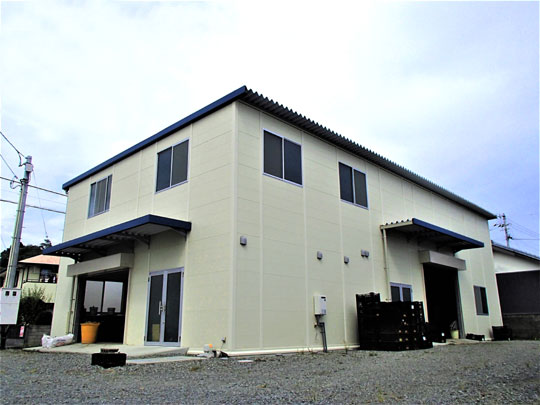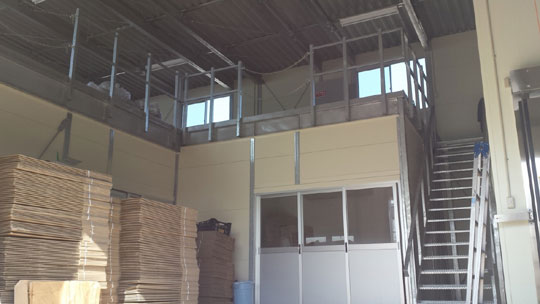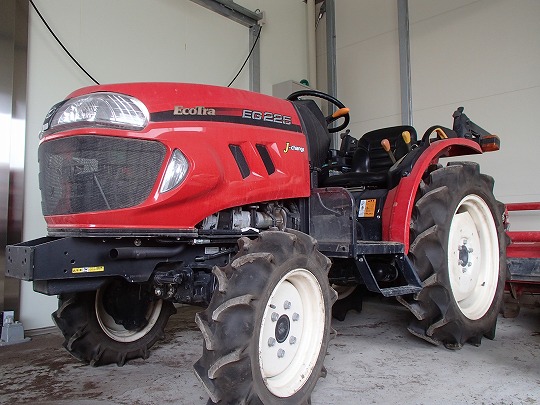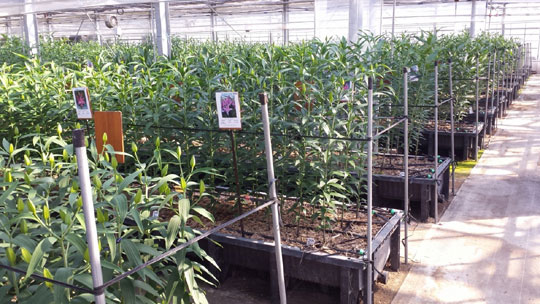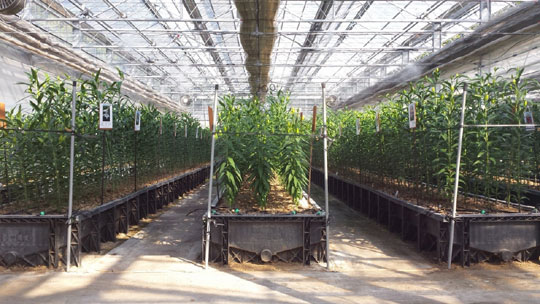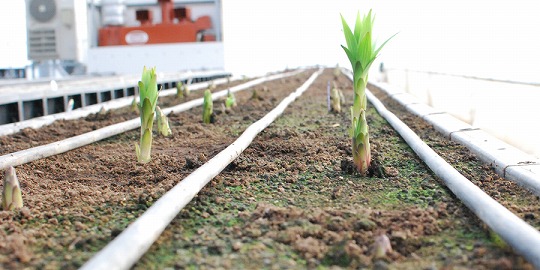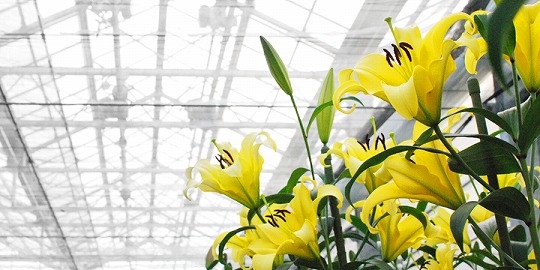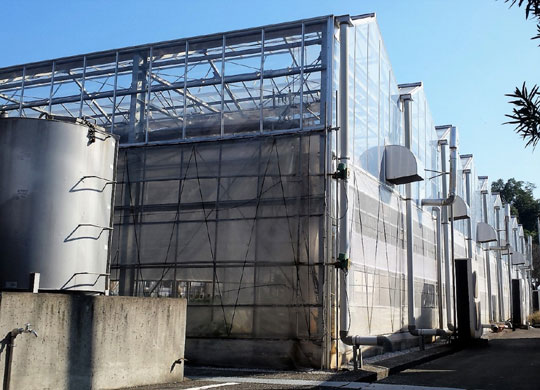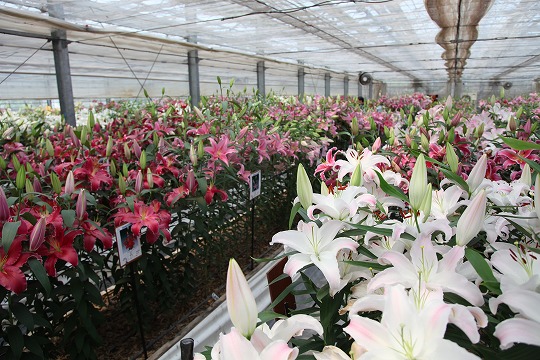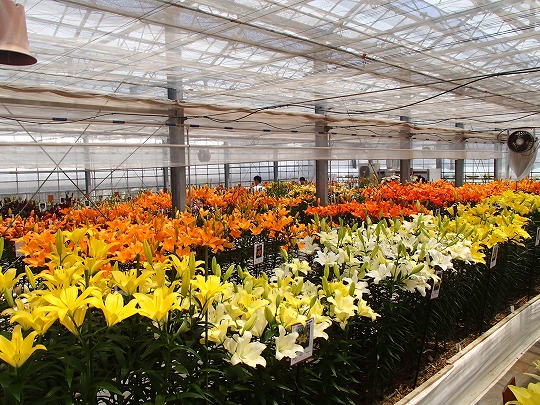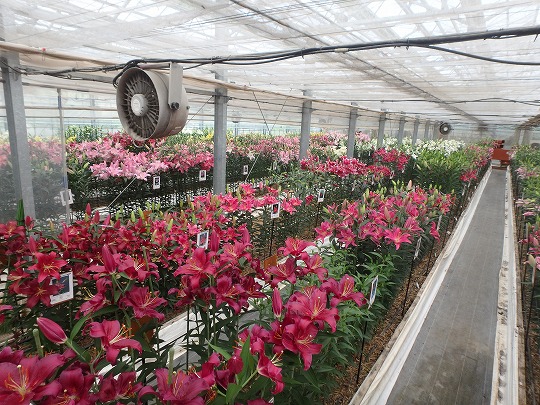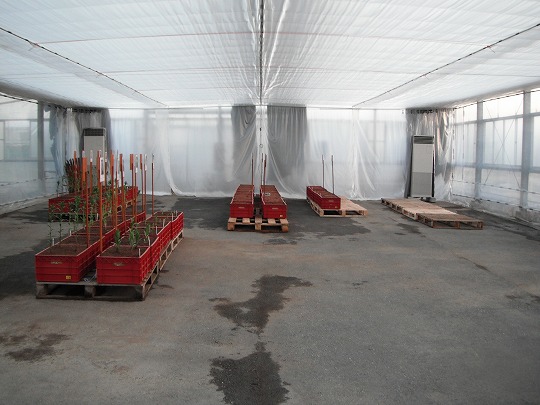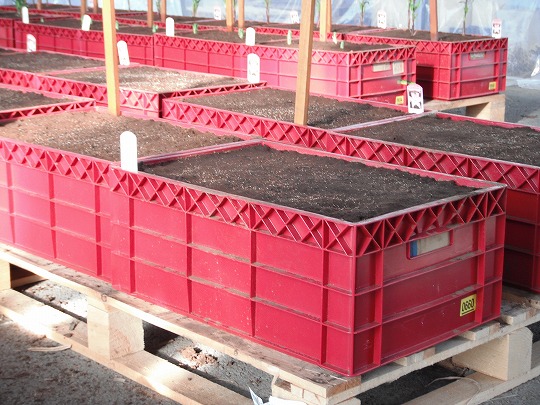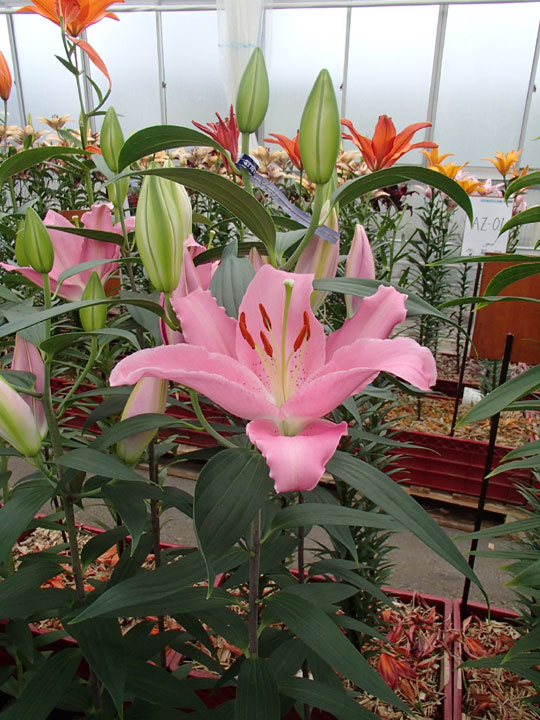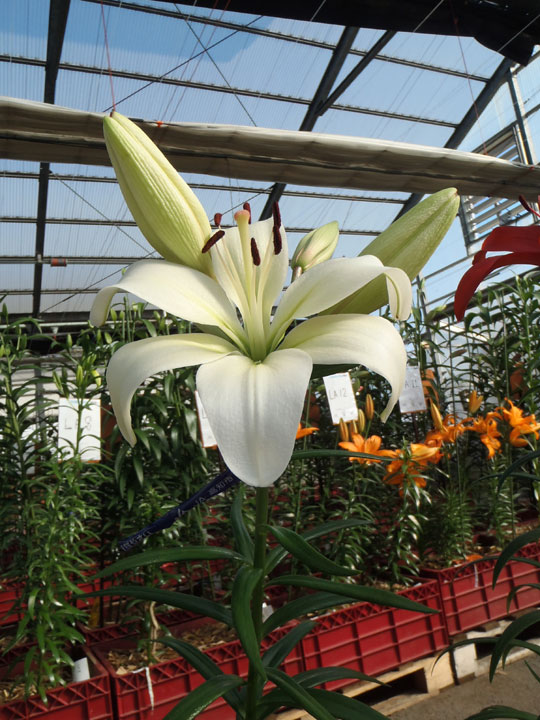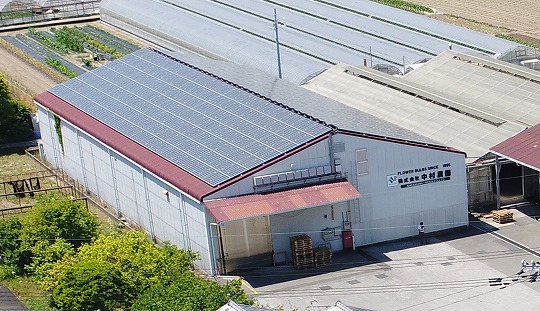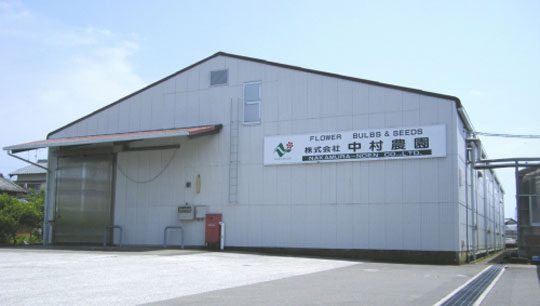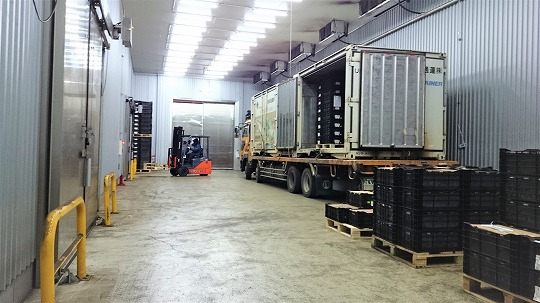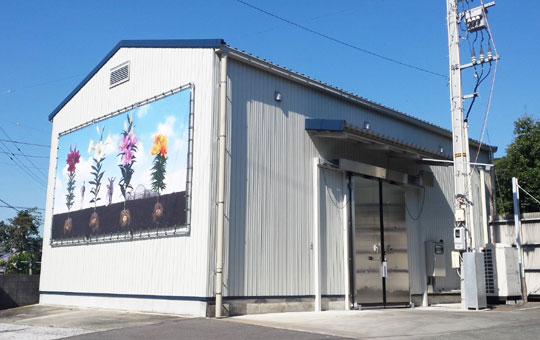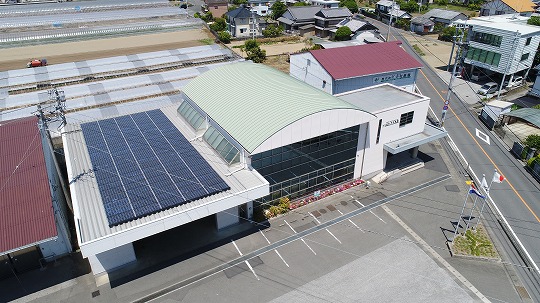Report of business trip to Holland (October ver.)
October 22nd, 2018
Nakamura-Noen Co.,Ltd.
Keigo Nakamura
We appreciate your usual cooperation.
I went on a business trip to Holland. I’d like to report it here.
- Climate of Holland
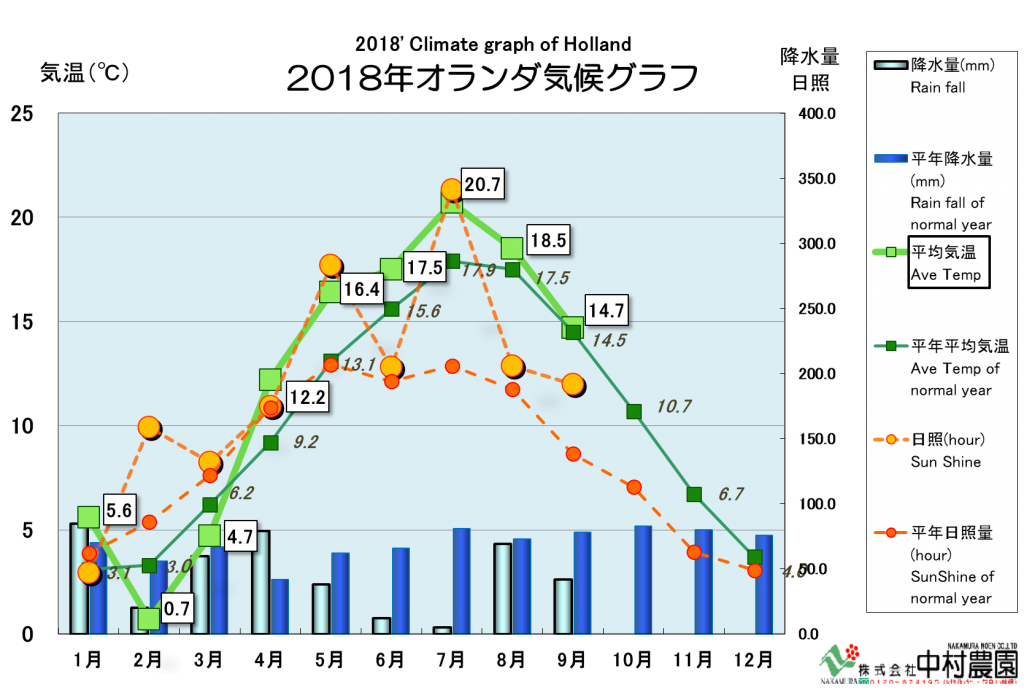 The temperature stayed high from spring to summer in Holland, and the rainfall was small and the air was dried. Therefore, it was said, “This year’s climate in Holland was ‘more summer’ than France”. The influence of the global warming can be felt in Japan, but for Holland, where 1 forth of its land is under sea level, the influence is much clear and serious. I heard a story during this trip to Holland that Holland aims to reduce their CO2 emission to half, so the use of natural gas will be restricted in stages. The houses under construction now can’t use gas already. In both the natural environment and technology, the estimated happenings in the coming few years seem much bigger than the changes in the last few decades. It might sound a little radical, but I think that it is technology or knowledge through understanding the actual changes, not theories based on old experiences, that will make success in the coming generation which we’ve never experienced. Usually, Holland is “cooler” than other bulb production countries (Chile, New Zealand, France), but this year it was “warm” like France. I made a table to compare the 2 types of climate below;
The temperature stayed high from spring to summer in Holland, and the rainfall was small and the air was dried. Therefore, it was said, “This year’s climate in Holland was ‘more summer’ than France”. The influence of the global warming can be felt in Japan, but for Holland, where 1 forth of its land is under sea level, the influence is much clear and serious. I heard a story during this trip to Holland that Holland aims to reduce their CO2 emission to half, so the use of natural gas will be restricted in stages. The houses under construction now can’t use gas already. In both the natural environment and technology, the estimated happenings in the coming few years seem much bigger than the changes in the last few decades. It might sound a little radical, but I think that it is technology or knowledge through understanding the actual changes, not theories based on old experiences, that will make success in the coming generation which we’ve never experienced. Usually, Holland is “cooler” than other bulb production countries (Chile, New Zealand, France), but this year it was “warm” like France. I made a table to compare the 2 types of climate below; - Influence of severe heat
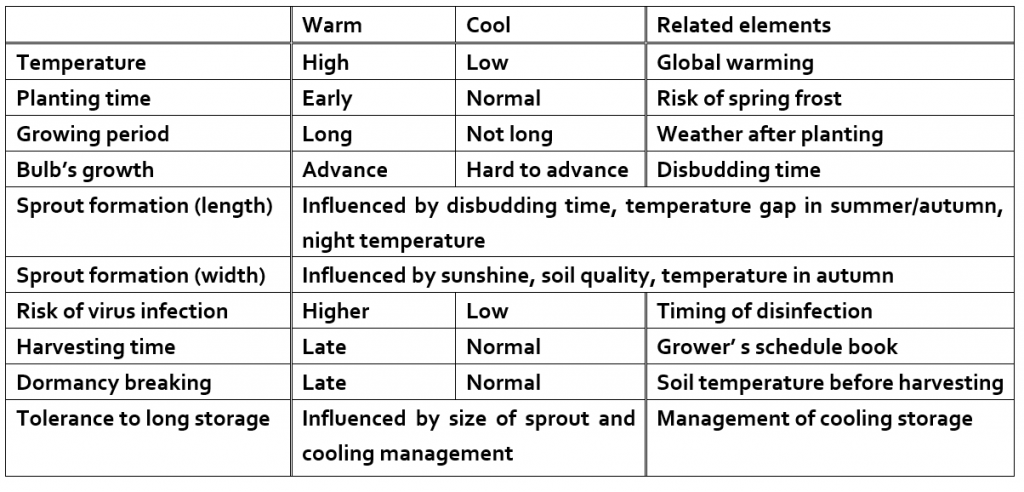
As we don’t have data of previous years in similar season, we cannot judge this year’s research result with comparison. Therefore, we calculated the average numbers of this year’s results, and the photo below is the one which was closest to the average.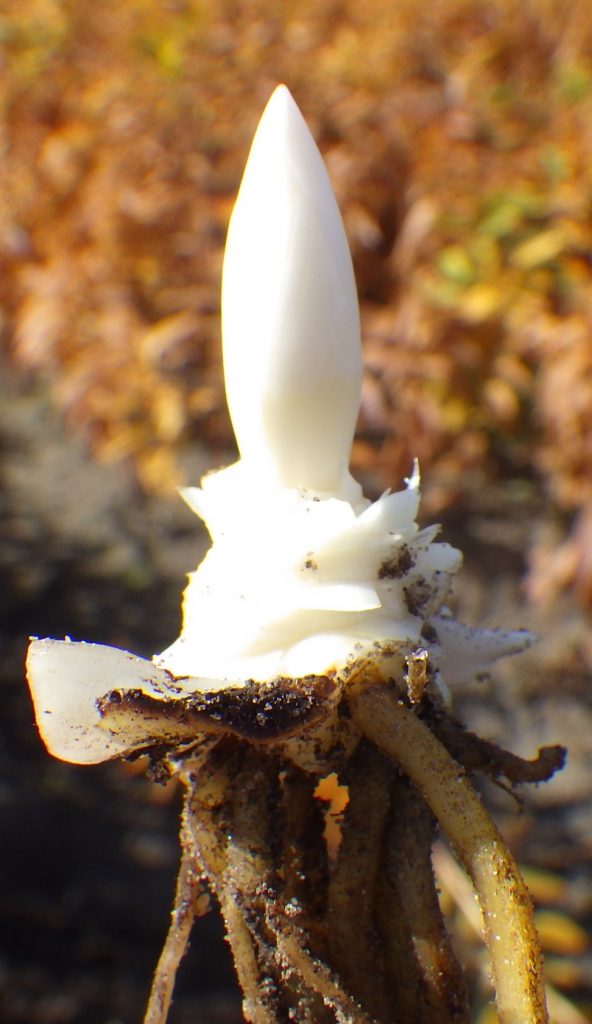 There are more than 1 month to harvest, so the sprout will mature and change by then. At this moment, the characteristic of this year’s sprouts is what I called “bullet type” in old reports which means “big in the base part”. This type indicates many bud counts.
There are more than 1 month to harvest, so the sprout will mature and change by then. At this moment, the characteristic of this year’s sprouts is what I called “bullet type” in old reports which means “big in the base part”. This type indicates many bud counts.
Use of small bulbs in early season shows different results every year, so the bud counts can be different from what the sprouts show. But I think that we can still expect good result (I can’t promise though).
- Dying of stems and leaves
Most of the leaves in bulb fields were green at the point of early October like you see in the right half of the next photo. It was warm and dry in October, so botorytis didn’t affect the fields. Therefore, the leaves and stems didn’t die like usual years.
When I visited the fields in the middle of October, the brown area like the left half of the photo was bigger. The growers said that the color changed quickly in 1-2 weeks. (This photo is 2 year field.)
 The next photo below shows leaves which are dying. The leaves are clear and smooth.
The next photo below shows leaves which are dying. The leaves are clear and smooth.
It’s rare to see such beautiful dying leaves with no botorytis influence in Holland. There is a common practice to stop disinfection against botorytis early to help leaves’ dying with botorytis in autumn. In this year’s unusual weather condition, however, such a common practice led a different result.
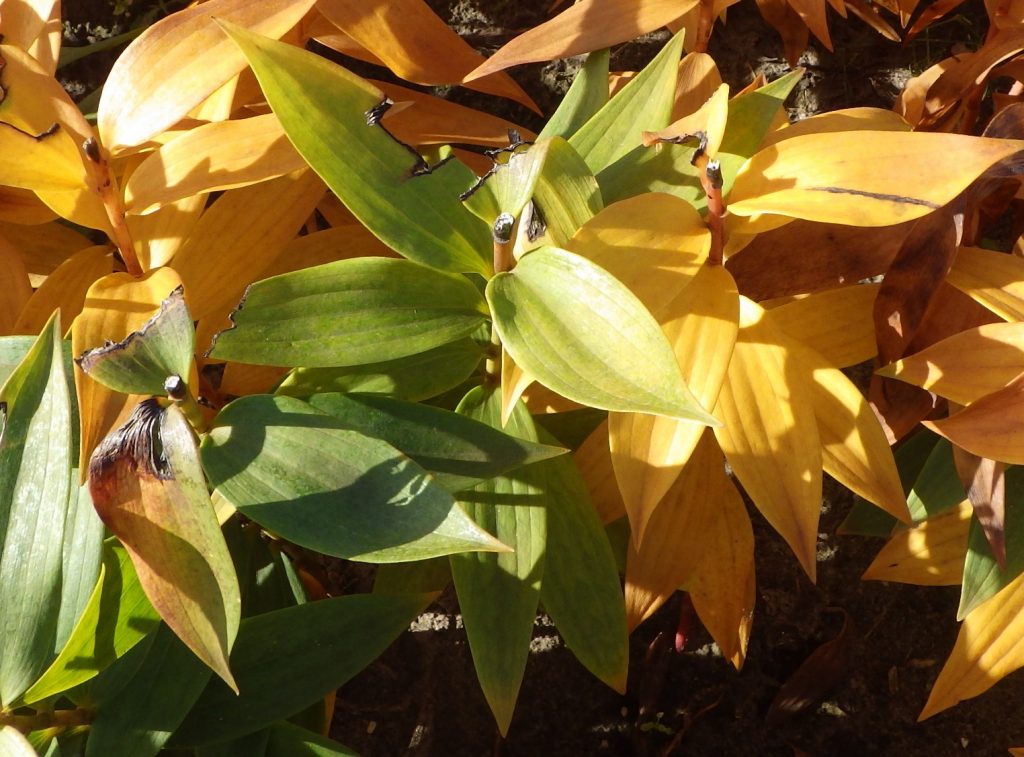
- Cooling storage
The leaves and stems are dying quickly, but the temperature in mid October went up to 20 to 25 degrees Celsius at highest in Holland as I mentioned in our blog, and it was like summer for Dutch people. The sunshine was strong, the soil temperature was not low, and I didn’t feel that bulbs or soil were cold when I touched them. That means that cooling term which is essential for bulbs’ dormancy breaking is not enough and it will take more time to get ready.
We are growing Casa Blanca bulbs in a field next to our lot test greenhouse. We harvest the bulbs in later summer and early autumn, and the cooling has not been done at all at that point. In the bulb production areas in warm places, the growers have knowledge to cool bulbs artificially since old times, and they also know the risks of insufficient cooling from their experiences. The use of Oriental/OT of Dutch or domestic bulbs in January has become much less than before because we have SH bulbs now, and the transit time of the vessel from Holland is becoming longer.
Meanwhile, SH bulbs are hard to store appropriately like this year’s Dutch crop, and some bulbs cannot show their potential abilities if they can’t be stored in appropriate cooling facilities or management. To fill up the off-crop season, importing new Dutch bulbs earlier can be seen good, but using new bulbs earlier has more risks year by year because of the global warming.
In the table in the section 2, I mentioned “Grower’s schedule book” as the related elements of harvesting time. I meant that the date to start harvesting is already decided for some growers regardless the weather, because the dead line of harvesting is pre-set due to Christmas holiday. This year some parts of LA varieties started to be harvested in the temperature over 20 degrees C in early October. They advance the process according to the decided schedule, and the bulbs will be shipped as usual years if the bulbs arrive at the export companies in time.
There is a word “anomaly”. This means something which is different from usual and can’t be explained logically. The quantity of bulbs from Southern Hemisphere, the quality after late forcing storage, cooling of Dutch crop, and tolerance to long storage might be connected in some points.
When we think about domestic terminal of bulbs’ distribution, specialized cooling facilities for flower bulbs and management efforts are becoming more and more important as the global warming advances.
- November 1st is All Saints’ Day
While Halloween on October 31st is becoming famous as a disguise festival in Japan, “November 1st” is famous as a big demand day of flowers for “All Saints’ Day” in Catholic countries. It’s similar to Japan’s “Obon”, and people place flowers on the graves of the departed people. I heard that this custom is becoming more popular in Holland.
This is related to “Day of the Dead” in Latin America, which is portrayed in a Disney-Pixar movie “Coco” (Japanese title “Remember me”). This movie tells me the connection between humans and lives, respects and dignities to the ancestors, and understanding myself. I thought that it’s similar to the image that lily has.
- “Lily Fair November” in Nakamura-Noen on November23rd
– The last trial of Dutch crop in the Heisei period.
– The biggest number of the varieties in Japan (414 varieties)
– You can touch lilies. Please feel stems’ hardness in the middle row.
– We also show some experiments about treatment of cut lilies.
We hope to see many people from lily forcers, other flower industries, and their families and friends at our event.



